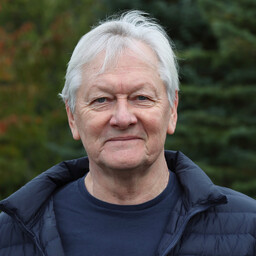Mart Erik said on Vikerraadio that wetland restoration is a good thing when done on ice marshes or peat areas. However, restoring wetlands in forests is wrong because it floods the forest.
Erik mentioned that Environment Minister Andres Sutt visited Kikepere bog. The minister said that dying trees are affecting two to three percent of the area. Erik added that if you go a kilometer or two away from the road, there is a big problem: trees are dying.
When restoring wetlands, ditches are closed, and groundwater rises. This causes the forest to die. Erik said that in Kikepere, the forest has already died, even though the work began in 2018.
Erik said that currently, we are in rainy years. If wetlands are further restored, water will not stay in the forest. He recommends halting wetland restoration and waiting 10 years to see if the forests remain healthy.
Erik said that wetland restoration is funded by the European Union's climate objectives fund. Estonia has €20 million for five years for five projects. One project is wetland restoration.
Although many scientists say that wetland restoration is beneficial, Erik believes that flooding forests on a campaign basis is a flawed activity. He referenced Professor Ülo Niinemets, who is against it. Erik said that the University of Tartu and the Estonian Nature Fund are not listening to other scientists.
Erik recommends stopping the wetland restoration process. He said that it is necessary to tell the European Union to look at how much forest has died.
Erik concluded that he has been in forests for decades and knows how things work. He said: "No" to flooding forests.
In the Kikepere Nature Reserve, there is a plan to convert 4,000 hectares of forest into wetlands. Locals do not support this plan because they fear tree death and flooding.

